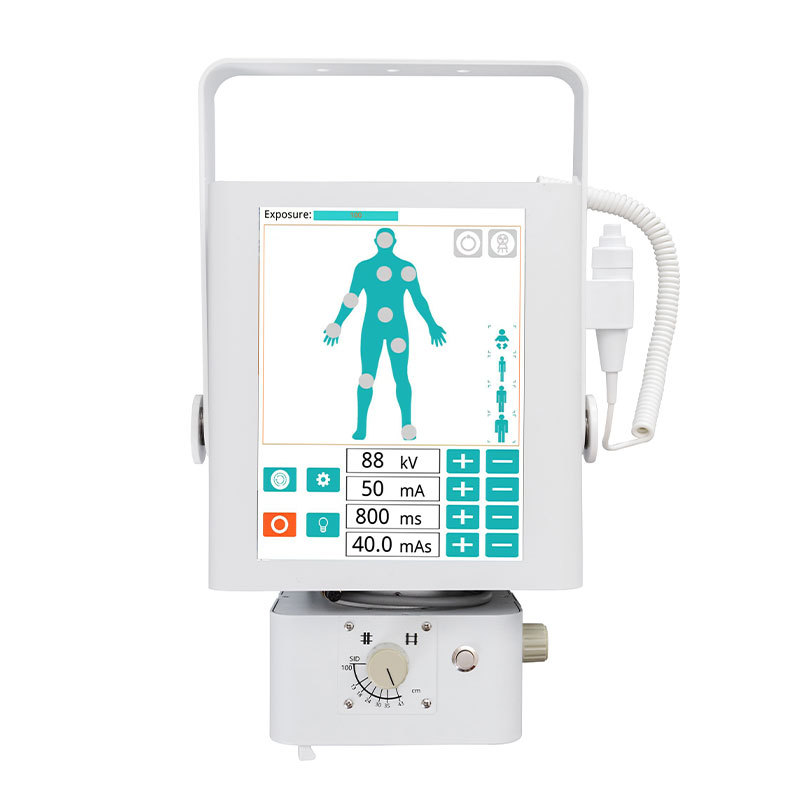Maximizing Efficiency in the Surgery Room with C-arms: A Comprehensive Guide
Maximizing Efficiency in the Surgery Room with C-arms
Table of Contents
1. Introduction to C-arms in Surgical Settings
2. The Role of C-arms in Modern Surgery
3. Key Advantages of Using C-arms
3.1 Enhanced Imaging During Procedures
3.2 Improved Surgical Outcomes
3.3 Increased Workflow Efficiency
4. Common Applications of C-arms in Surgery
4.1 Orthopedic Surgery
4.2 Cardiovascular Procedures
4.3 Ne
Maximizing Efficiency in the Surgery Room with C-arms
Table of Contents
1. Introduction to C-arms in Surgical Settings
2. The Role of C-arms in Modern Surgery
3. Key Advantages of Using C-arms
3.1 Enhanced Imaging During Procedures
3.2 Improved Surgical Outcomes
3.3 Increased Workflow Efficiency
4. Common Applications of C-arms in Surgery
4.1 Orthopedic Surgery
4.2 Cardiovascular Procedures
4.3 Neurological Surgery
5. Best Practices for Using C-arms Effectively
5.1 Proper Setup and Positioning
5.2 Ensuring Patient Safety
5.3 Training and Skill Development
6. Technological Advancements in C-arm Devices
7. Future Trends in C-arm Technology and Surgery
8. Frequently Asked Questions
9. Conclusion
1. Introduction to C-arms in Surgical Settings
C-arms are critical imaging devices that allow surgeons to visualize the surgical site in real-time. These portable X-ray machines are designed to provide high-quality, live imaging during various surgical procedures, enabling enhanced precision and effectiveness. As we explore the role of C-arms in the operating room, we will discuss how they contribute to maximizing efficiency and improving patient outcomes.
2. The Role of C-arms in Modern Surgery
In today’s surgical landscape, the incorporation of advanced imaging technology like C-arms has become indispensable. These devices facilitate intraoperative imaging, assisting surgeons in making informed decisions during procedures. By enabling real-time visualization of anatomical structures, C-arms help reduce the risks associated with complex surgical interventions.
3. Key Advantages of Using C-arms
3.1 Enhanced Imaging During Procedures
C-arms provide high-resolution imaging that enhances the visualization of critical structures. The ability to obtain detailed images during surgery allows for precise interventions, which can significantly impact the overall success of the procedure. Surgeons can adjust their techniques on-the-fly based on the feedback provided by the C-arm imaging.
3.2 Improved Surgical Outcomes
The integration of C-arms into surgical practice has been linked to improved patient outcomes. By providing real-time imaging, C-arms reduce the chances of complications and revision surgeries. Surgeons can confirm the success of their efforts instantly, leading to better overall patient satisfaction and recovery times.
3.3 Increased Workflow Efficiency
C-arms streamline the surgical workflow by eliminating the need for multiple imaging sessions. Surgeons can perform necessary imaging during the procedure, thus saving time and minimizing interruptions. This efficiency translates into shorter surgery times, which can lead to increased operating room availability and reduced costs.
4. Common Applications of C-arms in Surgery
C-arms are versatile tools that find applications across various surgical disciplines. Their ability to provide real-time imaging makes them invaluable in numerous settings.
4.1 Orthopedic Surgery
In orthopedic procedures, C-arms are often used to visualize bone structures and ensure accurate placement of implants. Surgeons rely on C-arm imaging to confirm proper alignment and positioning during hip replacements, knee surgeries, and fracture fixations.
4.2 Cardiovascular Procedures
C-arms play a significant role in cardiovascular interventions, such as angiography and stent placements. The ability to monitor blood vessels and cardiac structures in real-time ensures that surgeons can make immediate adjustments, enhancing patient safety and procedural efficacy.
4.3 Neurological Surgery
In the field of neurosurgery, C-arms enable surgeons to navigate the complex anatomy of the brain and spinal cord. By providing clear images of critical neural structures, C-arms assist in minimizing the risk of damage to surrounding tissues during delicate procedures.
5. Best Practices for Using C-arms Effectively
To maximize the benefits of C-arms in the surgical environment, it is essential to follow best practices that enhance safety and efficacy.
5.1 Proper Setup and Positioning
Correct setup of the C-arm is crucial for obtaining optimal images. Surgeons and technicians must ensure that the device is positioned accurately relative to the patient and the surgical site. This setup reduces the need for repositioning during the procedure, thus conserving time and maintaining focus.
5.2 Ensuring Patient Safety
Patient safety should be a priority when using C-arms. This involves minimizing radiation exposure through proper shielding and careful management of imaging duration. Surgeons should be well-versed in radiation safety protocols to protect both patients and surgical staff.
5.3 Training and Skill Development
Comprehensive training is vital for all personnel involved in the use of C-arms. Surgeons, nurses, and technicians should undergo regular training sessions to stay updated on the latest techniques and technologies. Skill development ensures that the surgical team can leverage the full potential of C-arms effectively.
6. Technological Advancements in C-arm Devices
C-arm technology continues to evolve, with advancements aimed at improving imaging quality, ease of use, and patient safety. Innovations include digital enhancements, advanced imaging algorithms, and user-friendly interfaces that enable faster and more intuitive operation. Staying informed about these advancements allows surgical teams to maximize the utility of C-arms in their practice.
7. Future Trends in C-arm Technology and Surgery
The future of C-arm technology is bright, with potential developments that may revolutionize surgical practices. Emerging trends include enhanced imaging modalities, integration with augmented reality, and AI-driven analytics that assist surgeons in making more informed decisions. These advancements will likely further improve efficiency, patient outcomes, and overall surgical safety.
8. Frequently Asked Questions
8.1 What is a C-arm, and how does it work?
A C-arm is a medical imaging device that uses X-ray technology to provide real-time imaging during surgical procedures. It features a C-shaped arm that holds an X-ray source and a detector, allowing for flexible positioning around patients.
8.2 What are the benefits of using C-arms in surgery?
C-arms enhance surgical precision, improve patient outcomes, and streamline workflow by providing real-time imaging without the need for additional imaging sessions.
8.3 Are there any risks associated with C-arm use?
The primary risk involves radiation exposure; however, proper safety protocols can minimize this risk significantly.
8.4 In which surgical specialties are C-arms most commonly used?
C-arms are widely used in orthopedic, cardiovascular, and neurological surgeries, among others.
8.5 How can surgical teams ensure effective use of C-arms?
Effective use of C-arms requires proper setup, adherence to safety protocols, and ongoing training for all team members involved in the procedures.
9. Conclusion
Maximizing efficiency in the surgery room with C-arms is not just about improving imaging; it's about enhancing the overall surgical experience for both the patient and the surgical team. By adopting best practices, embracing technological advancements, and ensuring thorough training, surgical facilities can leverage the power of C-arms to achieve superior outcomes. As the field of surgery continues to evolve, C-arms will remain an essential tool in the quest for excellence in patient care.
TAG:
Related Posts
Maximizing Efficiency in the Surgery Room with C-arms: A Comprehensive Guide
Maximizing Efficiency in the Surgery Room with C-arms
Table of Contents
1. Introduction to C-arms in Surgical Settings
2. The Role of C-arms in Modern Surgery
3. Key Advantages of Using C-arms
3.1 Enhanced Imaging During Procedures
3.2 Improved Surgical Outcomes
3.3 Increased Workflow Efficiency
4. Common Applications of C-arms in Surgery
4.1 Orthopedic Surgery
4.2 Cardiovascular Procedures
4.3 Ne




























